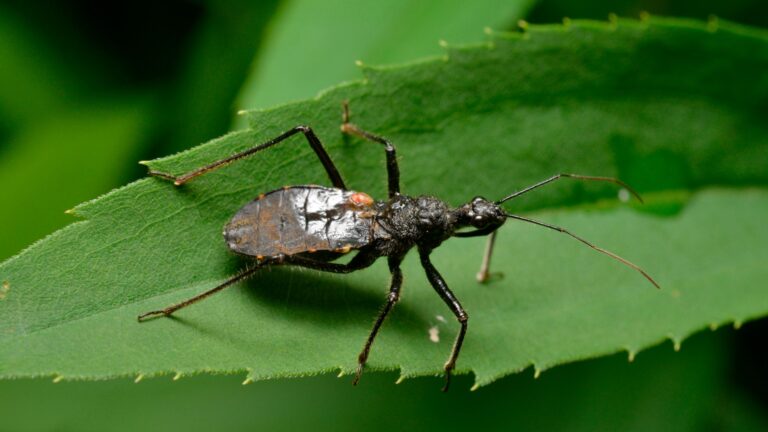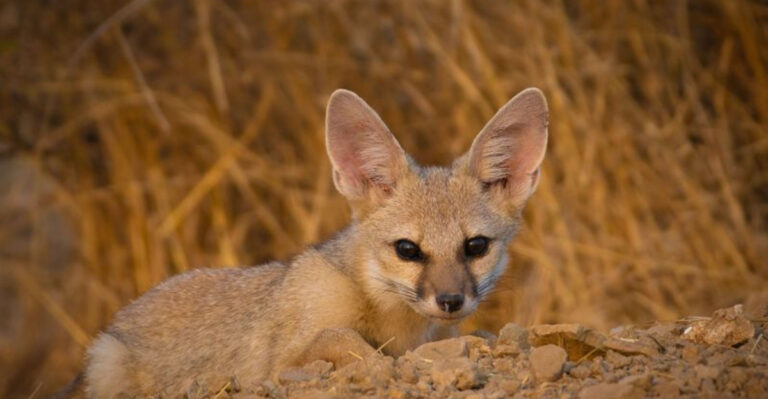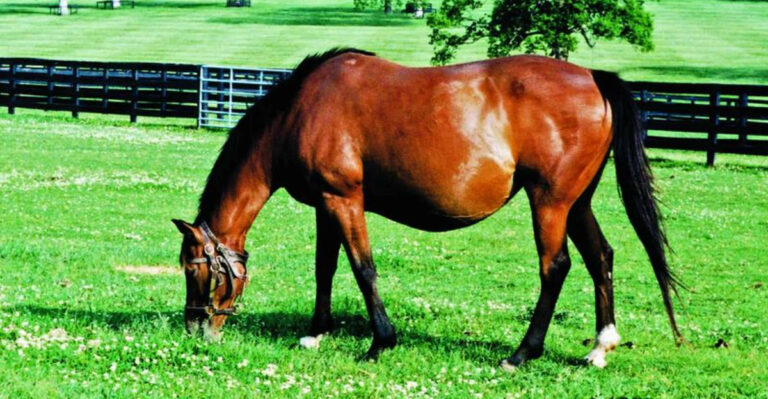Why Prehistoric Creatures Grew To Such Massive Sizes Compared To Today’s Wildlife
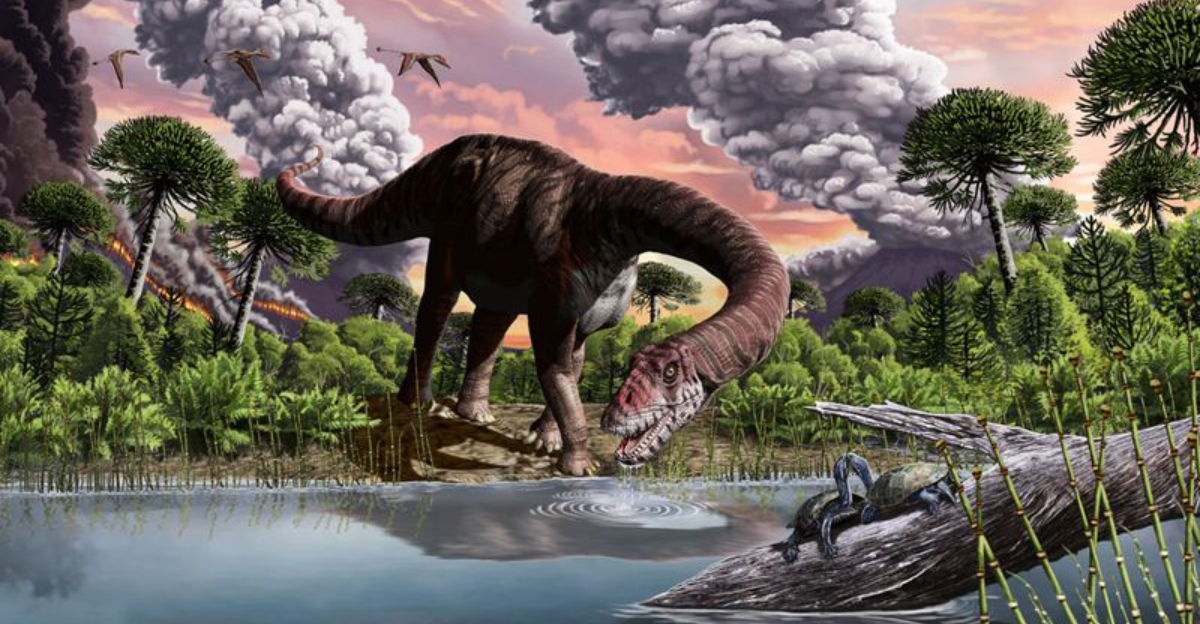
Ever wonder why dinosaurs and other ancient creatures were so incredibly huge? Millions of years ago, our planet was home to animals that would make today’s elephants look tiny!
From 80-foot-long sauropods to dragonflies with two-foot wingspans, prehistoric giants ruled Earth for millions of years. Let’s explore the fascinating reasons these ancient beasts grew to such enormous sizes.
Higher Oxygen Levels Fueled Growth

Ancient Earth’s atmosphere contained up to 35% oxygen, compared to just 21% today. This oxygen-rich environment supercharged animals’ metabolisms and energy production.
Insects especially benefited from this atmospheric boost. Without lungs, they absorb oxygen directly through their bodies, allowing prehistoric bugs to grow to nightmare sizes.
Abundant Plant Life Provided Endless Food
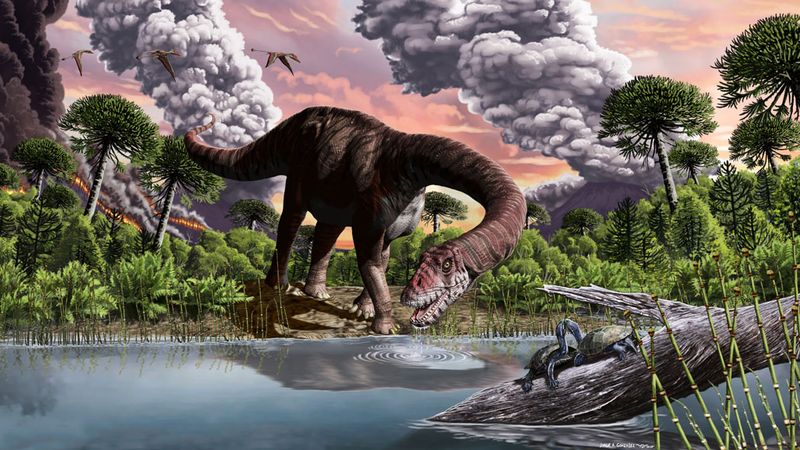
Lush forests and vegetation covered the prehistoric world, offering unlimited buffets for plant-eaters. More food meant more energy for growth and sustaining massive body sizes.
Giant ferns, cycads, and conifers dominated the landscape. These calorie-rich plants allowed herbivores to grow enormous, which then pushed carnivores to size up too in the evolutionary arms race.
Warmer Global Temperatures Boosted Metabolism
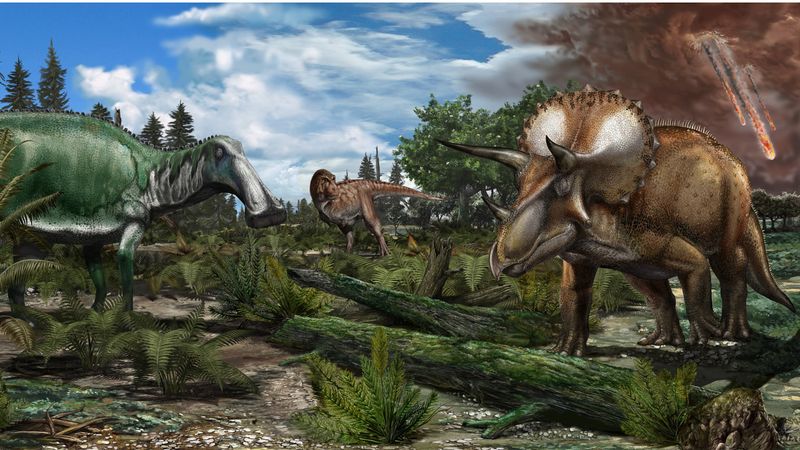
Earth was significantly warmer during much of the prehistoric era. Hotter climates speed up cold-blooded animals’ metabolism, helping them process food faster and grow larger.
Without ice caps, tropical and subtropical zones stretched nearly pole-to-pole. This warmth created perfect conditions for reptiles to thrive and expand to colossal proportions never seen in today’s cooler world.
Fewer Large Predators Allowed Safe Growth
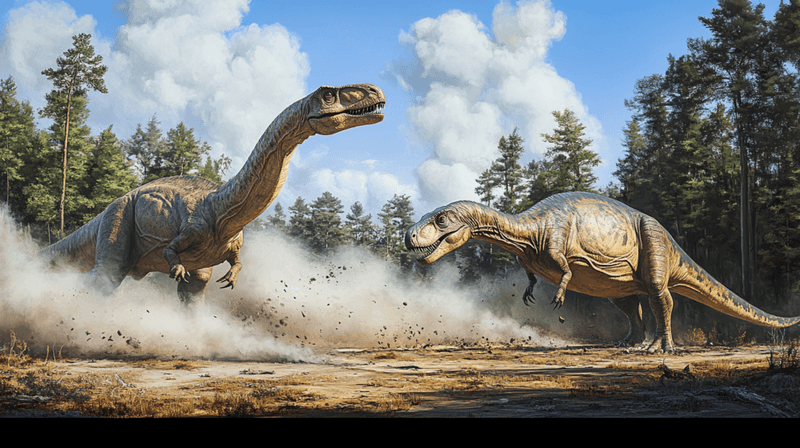
During certain prehistoric periods, apex predators were less common than today. This predator gap created safety zones where animals could grow without being hunted.
Size itself became a defense mechanism. When new predators evolved, prey species often responded by growing even larger rather than faster, creating an evolutionary feedback loop pushing toward gigantism.
Stronger Gravity Tolerance In Ancient Times

Some scientists believe prehistoric creatures developed unique adaptations to handle their massive size against Earth’s gravity. Special bone structures and air sacs made giant bodies possible.
Sauropod dinosaurs, for example, had honeycomb-like bones that were both lightweight and strong. Their unique respiratory systems with air sacs throughout their bodies reduced their effective weight while providing oxygen to their enormous frames.
Evolutionary Arms Races Pushed Size Limits
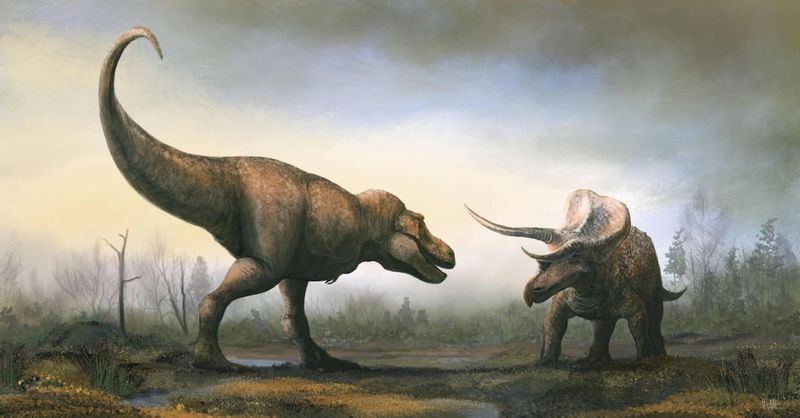
Predators and prey constantly evolved in response to each other. When prey got bigger for protection, predators had to grow too – creating a size escalation spiral.
Take Tyrannosaurus rex and Triceratops – these opponents evolved alongside each other. As Triceratops developed larger frills and horns, T. rex responded with more powerful jaws and size, each pushing the other toward gigantism.
Longer Growth Periods Before Maturity
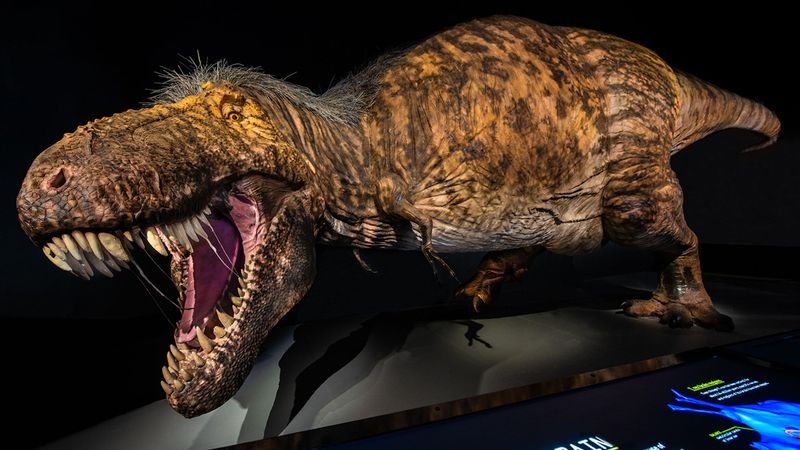
Many prehistoric giants grew for decades before reaching adulthood. This extended growth phase allowed them to reach sizes impossible for animals with shorter development periods.
Modern animals typically stop growing once they reach sexual maturity. Ancient creatures often continued growing throughout their lives, adding size year after year, resulting in the massive specimens we find in fossil records.
Less Competition For Resources
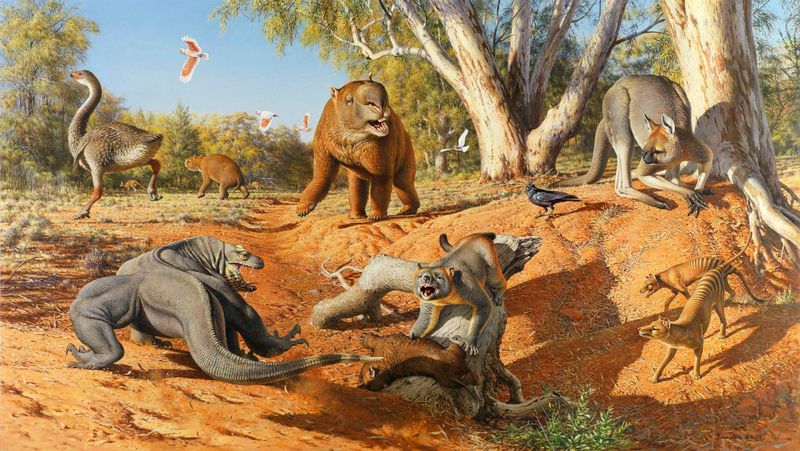
Fewer species competing for the same resources meant prehistoric creatures could dominate ecological niches. With less competition, animals could grow larger without resource limitations.
After mass extinction events, surviving species often experienced population booms in these newly vacant ecosystems. The first species to fill empty ecological niches often grew to enormous sizes as they exploited abundant untapped resources.
Different Gravity Theories
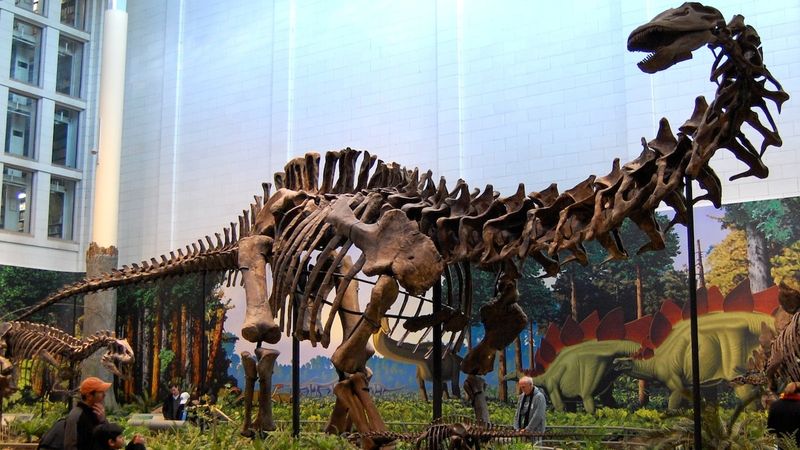
Some fringe theories suggest Earth’s gravity might have been slightly weaker in prehistoric times. While not widely accepted by scientists, it’s an interesting thought experiment about size limitations.
Most paleontologists point to biological adaptations rather than gravity changes. Modern elephants and whales prove large animals can exist in today’s gravity, though land animals seem to have hit their size ceiling with prehistoric giants.
Specialized Digestive Systems
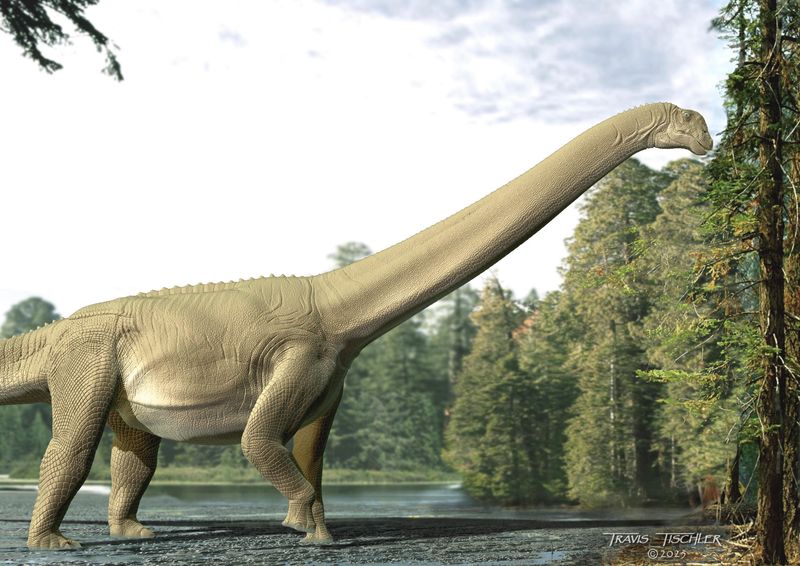
Giant herbivores evolved super-efficient digestive systems to process massive amounts of plant material. These specialized guts extracted maximum nutrition from even low-quality vegetation.
Sauropods likely had multiple stomach chambers and gut fermentation, similar to today’s cows but on a massive scale. This digestive efficiency allowed them to fuel their enormous bodies despite plants being less nutritious than meat.
Island Dwarfism’s Opposite: Continental Gigantism
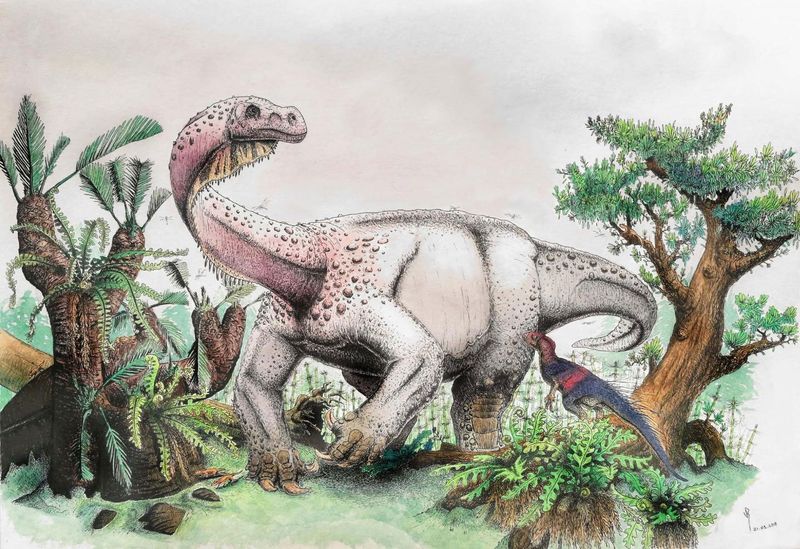
While isolated islands often produce smaller animals (island dwarfism), huge continental landmasses can have the opposite effect. Vast territories supported massive migrations and food resources necessary for giant species.
The supercontinent Pangaea created an enormous connected ecosystem. Without oceans dividing habitats, animals could evolve larger without geographical limitations, spreading across huge territories and developing gigantism.
Absence Of Humans And Advanced Predators
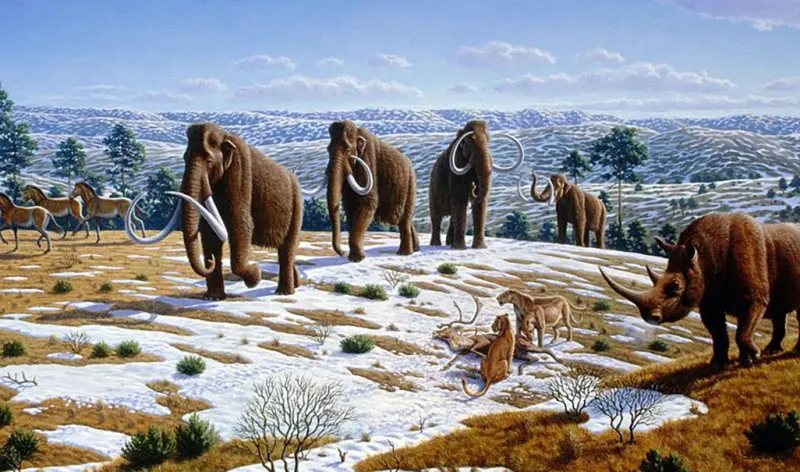
Humans have dramatically impacted animal sizes through hunting and habitat destruction. Without human predation, prehistoric creatures could grow unchecked by intelligent hunters.
Modern studies show animals evolve smaller body sizes in response to human hunting pressure. The absence of humans and their tools allowed prehistoric megafauna to reach maximum size potential without selective pressure against being large.
Different Plant Nutritional Content
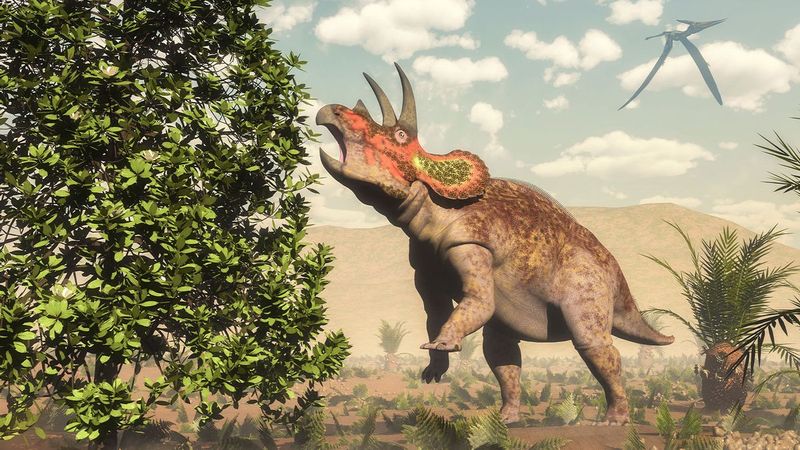
Ancient plants often had different nutritional profiles than modern vegetation. Some prehistoric plants may have provided more calories and nutrients, supporting larger animal growth.
Before flowering plants evolved, gymnosperms like cycads and ginkgoes dominated. These plants produced different compounds and potentially more accessible energy than today’s flora, possibly contributing to the enormous size of plant-eaters.
Marine Gigantism From Stable Ocean Conditions
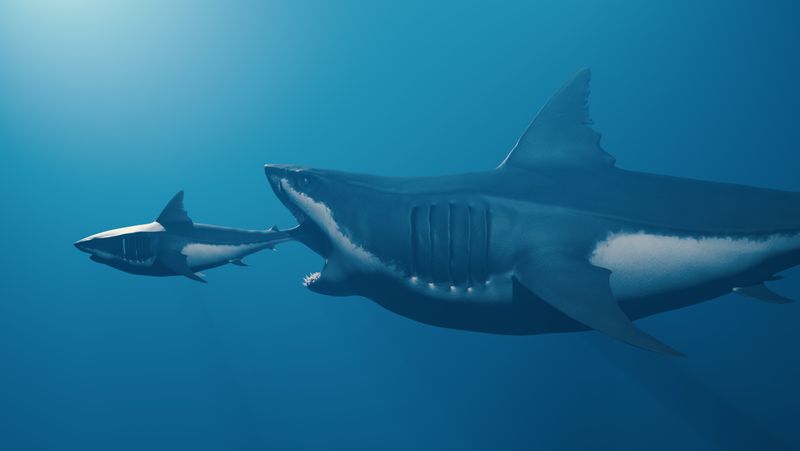
Ancient oceans often had more stable temperatures and chemistry than today. These consistent conditions allowed marine creatures to evolve to enormous sizes.
The massive prehistoric shark Megalodon reached lengths of 60 feet partly due to stable, resource-rich oceans. Without rapid climate fluctuations disrupting food chains, marine giants could thrive for millions of years in predictable environments.
Lower Mammalian Competition
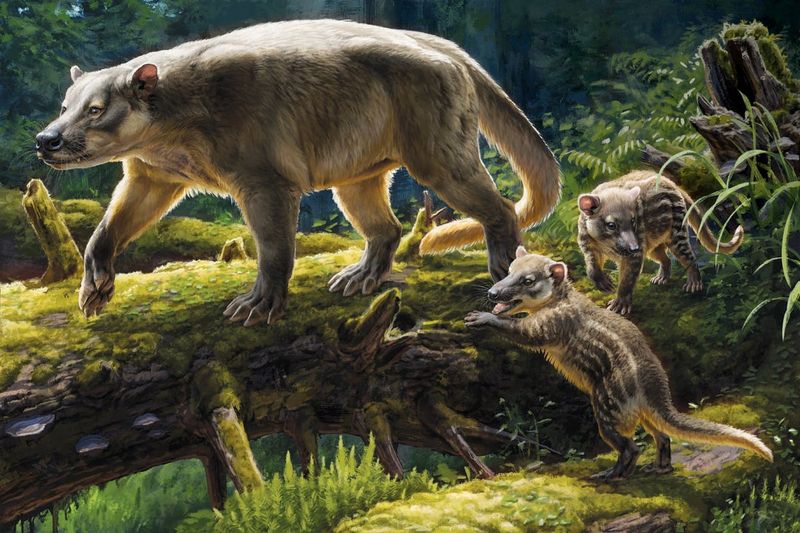
For much of Earth’s history, mammals remained small while reptiles dominated. Without competition from mammals, reptiles could grow enormous and dominate ecological niches.
Only after the dinosaur extinction did mammals explode in diversity and size. During the Mesozoic Era, most mammals were tiny shrew-like creatures, leaving the “large animal” niches wide open for dinosaurs to fill and grow to spectacular sizes.


